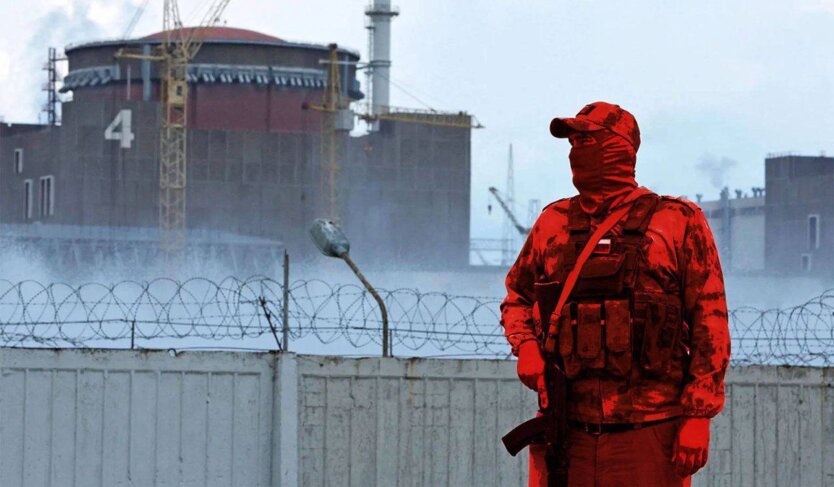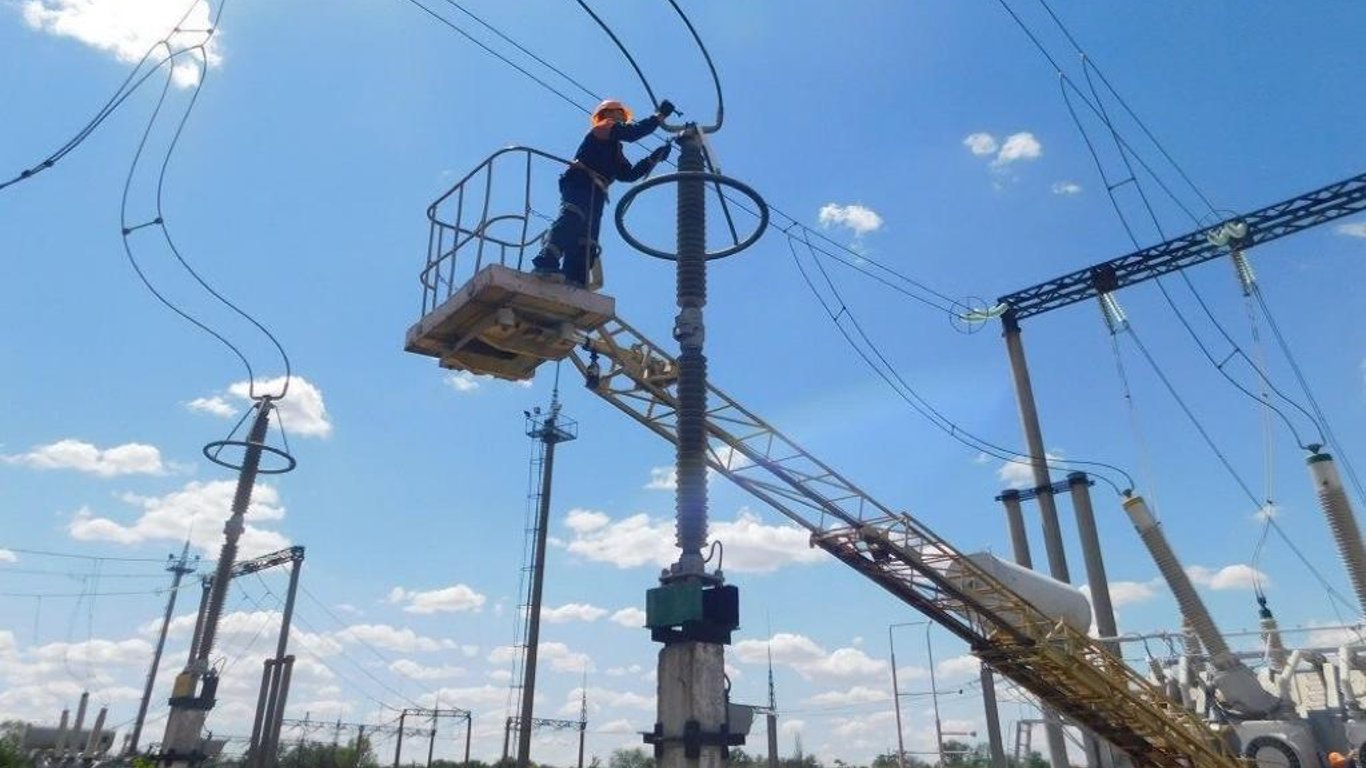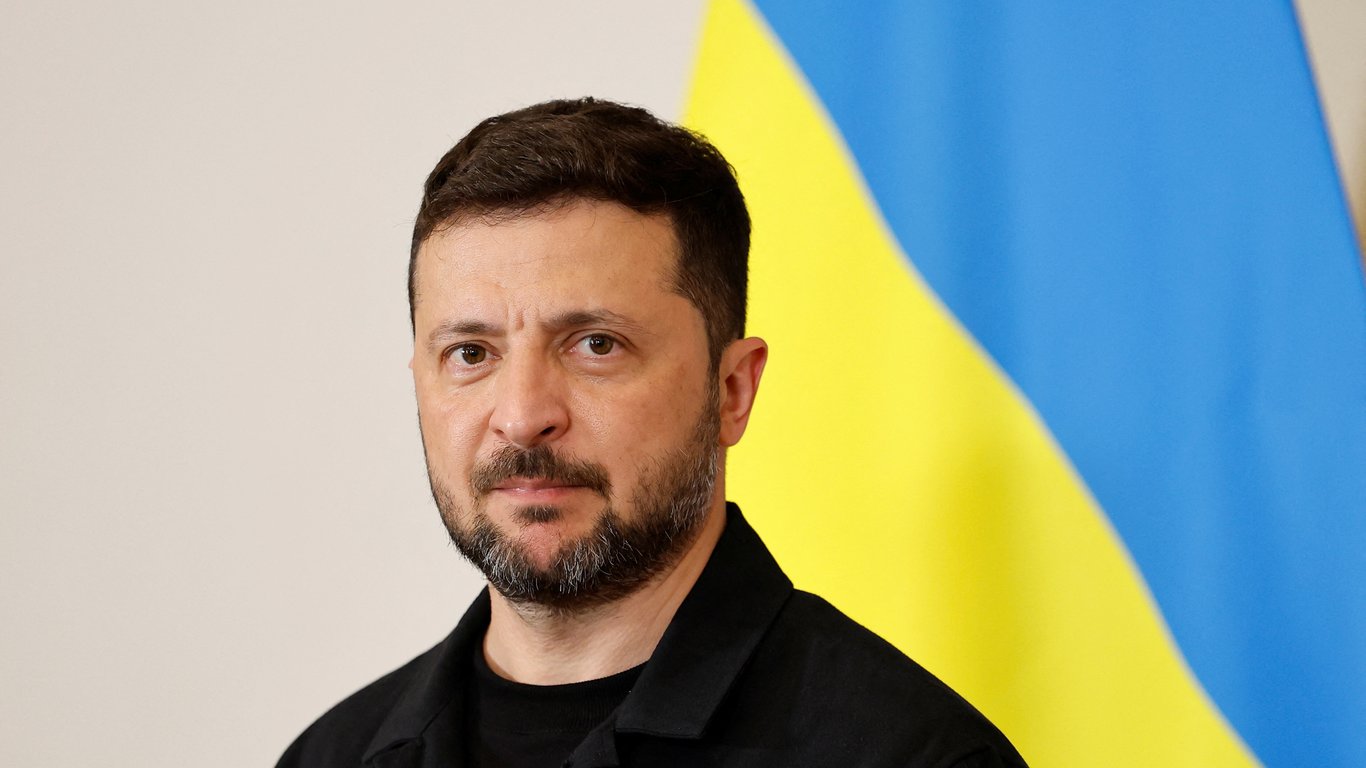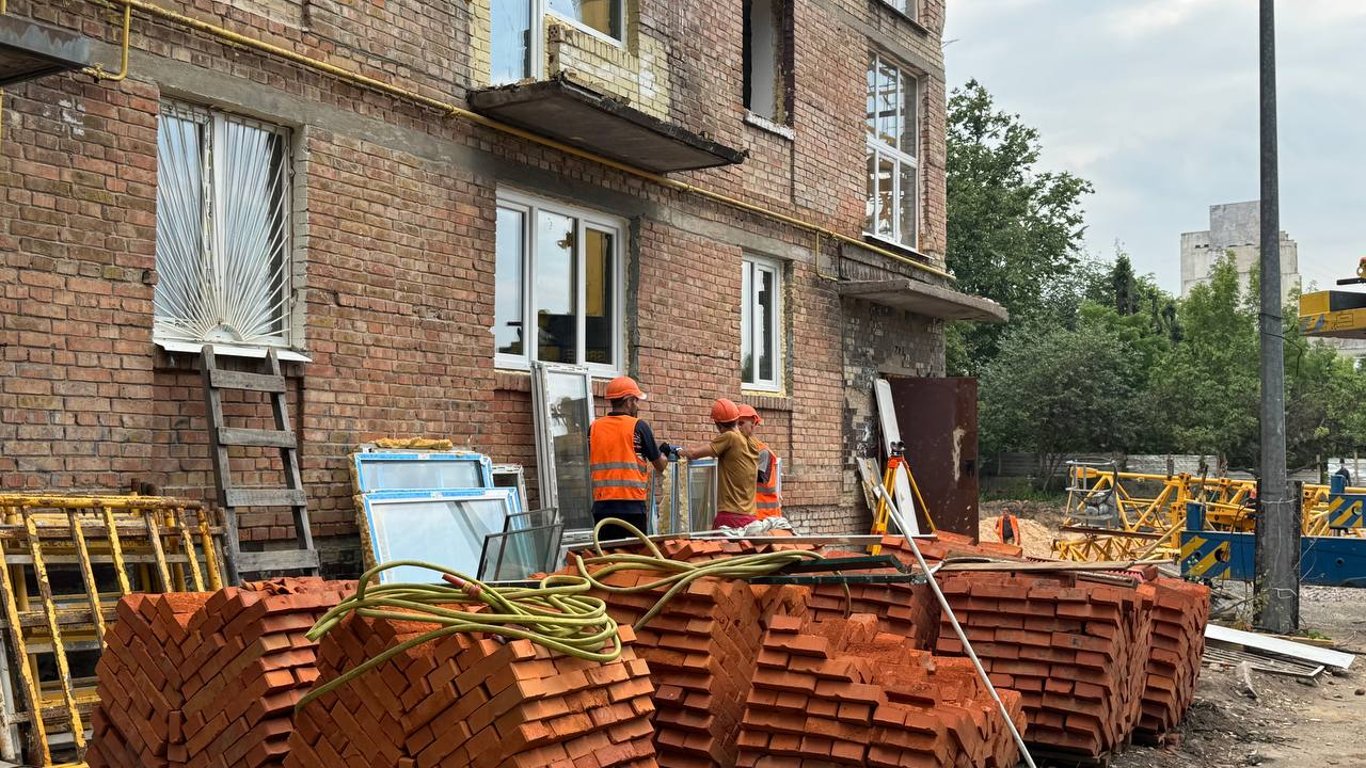Zaporizhzhia NPP under occupation: IAEA does not provide sufficient information to assess safety.


The State Inspectorate has reduced the number of operational events at Ukrainian NPPs
The State Nuclear Regulation Inspectorate of Ukraine (SNRIU) has announced a decrease in the number of operational events at Ukraine's nuclear power plants in 2024. According to the report on nuclear and radiation safety, the regulator received 21 notifications about such events, which is 6 fewer compared to the previous year.
Over the past year, the SNRIU reviewed 17 notifications regarding direct operational events at Ukrainian NPPs and 4 additional notifications. According to the report, no exceeding of control levels of gas-aerosol emissions and radioactive substances in the environment at nuclear power plants was detected.
Particular attention is paid to the Zaporizhzhia NPP (ZNPP), which is under Russian occupation. Investigations into operational events at the ZNPP are based solely on reports from the International Atomic Energy Agency (IAEA), which do not contain the necessary information for such investigations.
Additionally, due to the occupation, scheduled works at the ZNPP have been canceled, which may impact the safety of the power units. Currently, the actual impact of the station on the environment can only be determined after it returns under the control of 'Energoatom'.
In light of these events, it is important to continue monitoring safety at nuclear facilities and to regularly conduct relevant analyses to prevent potential accidents and threats to public health.
Read also
- Syrskyi summarized the successes of the Armed Forces of Ukraine in June - details
- A year since the Russian strike on Okhmatdyt — how Ukrainians honor the fallen
- It is prohibited to work during air raid alerts — Odesa National Police on nightclubs
- Expert explained how vulnerable the energy system of Ukraine is now
- Zelensky imposed sanctions against companies from China — what is the reason
- A year ago, the RF attacked a building in Kyiv — what it looks like now









